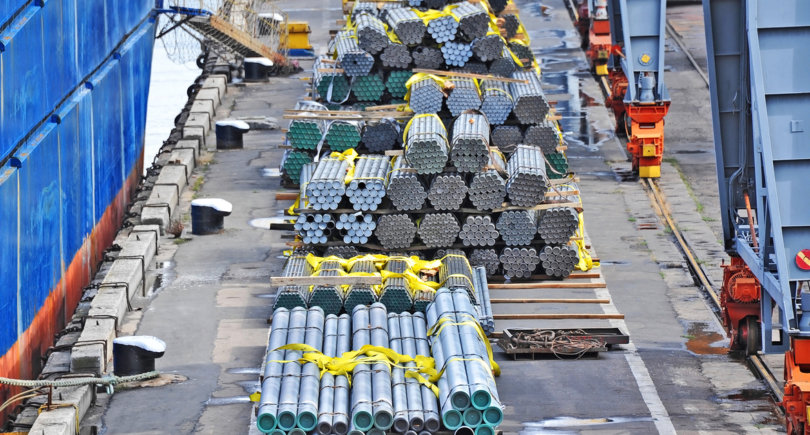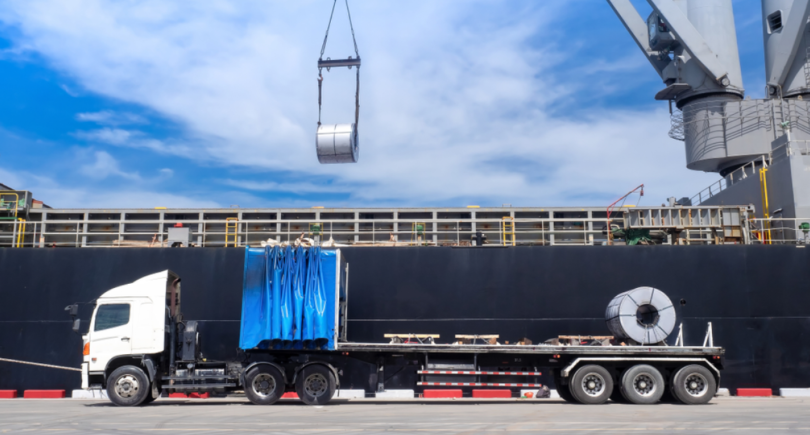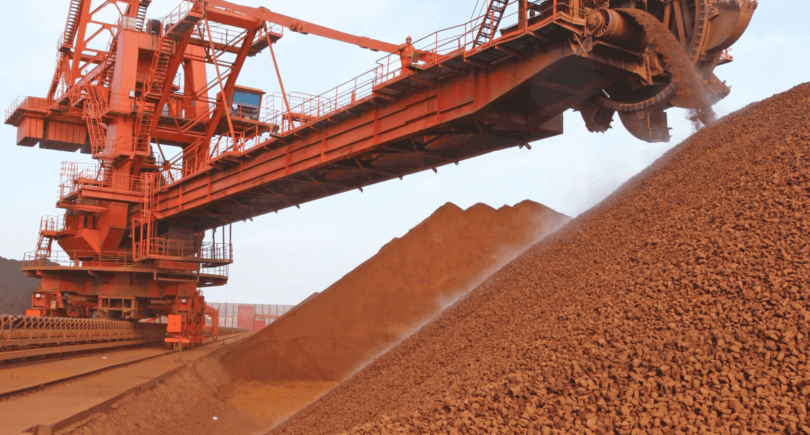
News Global Market CBAM 1260 17 February 2025
The relevant ministries of the countries agreed on the urgency of revising the mechanism
Italy and France will submit a joint request to include the revision of the cross-border carbon adjustment mechanism (CBAM) as a full agenda item at the next meeting of the EU Competitiveness Council on March 6, La Repubblica reports.
The parties want the topic to be adequately reflected in the Clean Industry Agreement and sectoral documents to be prepared by the European Commission in March.
On the sidelines of the Artificial Intelligence Summit in Paris, Italian Minister of Enterprise and Production Adolfo Urso and French Minister of Industry and Energy Marc Ferracci agreed on the urgency of revising the CBAM mechanisms.
This step is needed to make European industry sustainable in the context of decarbonization, with a particular focus on energy-intensive sectors such as metallurgy and chemicals.
“Our countries share the need to immediately review the CBAM to ensure the competitiveness of our industry in the challenge of decarbonisation. We cannot allow strategic European sectors such as steel and chemicals, which are fundamental to our industrial autonomy and the continent’s economic resilience, to be penalized by a system that does not take into account the real conditions of global competitiveness,” said Adolfo Urso.
According to him, the geopolitical context requires that Europe should not depend on external players for the necessary materials and technologies. Therefore, it is extremely important to adjust the CBAM to make it a truly effective tool that can protect European manufacturing and at the same time promote a sustainable transition in practice, not just in principle.
EUROFER has once again called for urgent improvements to the CBAM. The steel association is concerned about the difference in timeframes for simplifying and improving the mechanism’s efficiency.
As GMK Center reported earlier, the European Commission may consider excluding 80% of the companies covered by the cross-border carbon adjustment mechanism from the border carbon levy.




